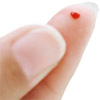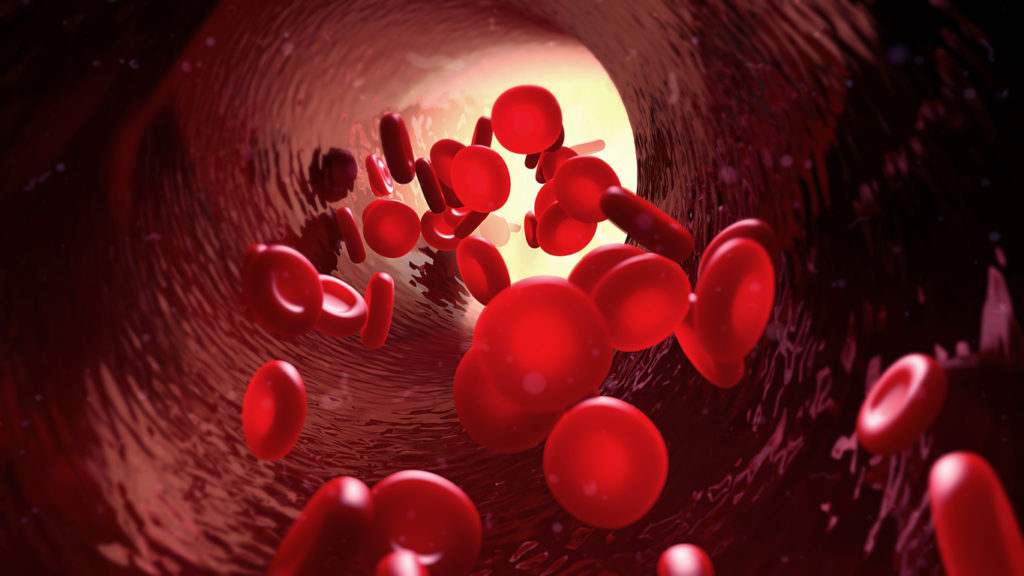The ability of the blood to form clots is very useful; however, it becomes a problem if the blood forms a clot where we don’t want it to. Dr Joe Kosterich talks about blood clots and blood thinning agents, including different types of blood clotting disorders, why people are given blood thinning agents, what they are, how they work, how they are used, and blood tests.
Transcript
The ability of the blood to form clots is very useful. If it couldn’t we would almost bleed to death every time we cut ourselves. However, if the blood forms clots in places that we don’t want it to, that’s a problem as well.
Hi, I’m Dr Joe.
In this video we’re going to be talking a little bit about blood clots and the treatment thereof, which are blood thinning agents.
The term “blood thinning” is probably not the best term because it’s not so much that the blood is thinner, it actually is a little bit less sticky and that is less likely to form clots but the term blood thinner is used.
Now, the main issue with blood clots is if they form in the legs, which are called DVTs, or Deep Vein Thrombosis, this can cause swelling and pain in the legs. If that splits off or some of that clot spreads to the lungs you can end up with what is called a Pulmonary Embolism. Other forms of emboli, which are split off blood clots, can form in the heart or on the heart valves and they can go up towards the brain and that’s when you hear about people having embolic strokes.
There are a number of reasons why people may be put on medications to “thin” the blood. After you’ve had a DVT or a Pulmonary Embolism you’ll almost certainly be put on blood thinning agents for a period of time. It may be as little as 3 months, it may be a longer period of time. For people who suffer from atrial fibrillation, which is a condition where the heart can beat quite irregularly, those people will also be on these sorts of agents. People who may have had a stroke or have had heart valve surgery will also be placed on these agents.
There are 2 main types of blood thinners, purists out there will say there are more than that but there are 2 main ones which are: those based on aspirin – and a lot of people are familiar with taking half an aspirin a day – that works on the platelets, which are the little cells within the blood that help to form the clot. Taking aspirin is relatively straightforward; it’s a standard dose for everybody: there’s either the low-dose aspirin or a half a regular aspirin. There’s no monitoring involved, it’s as I say fairly straightforward.
For people who’ve had a DVT, though, or a pulmonary embolism or have a heart valve, they may need to be on a drug called warfarin, which is a completely different beast. Warfarin is a fairly old drug, it’s been around for quite a long time. The way it works is on some of the proteins in the blood that affect blood clotting mechanisms, so it works quite differently to the aspirin. The key thing with warfarin, though, is that the dose may vary. Each person may need to be on a different dose and the same person may need to be on a different dose at different times. So for that reason when you’re on warfarin your blood will me monitored and there’s a blood test called the INR, which stands for International Normalised Ratio – you can see why we call it INR. Essentially, it is a ratio and it’s a ratio of how your blood clots compared to blood that isn’t on warfarin. Depending why you’re on the warfarin, we’ll determine what range your INR should be in. It may be between 2 and 3, perhaps between 2.5 and 3.5, but there will be a reference range it won’t be just one single figure. Blood tests are done to make sure that your INR is in that range, if it’s too high then you can tend to bleed far too easily; if it’s too low it defeats the purpose because it’s not actually having the effect of making the blood a bit les sticky.
A lot of other medications can interact with warfarin. And, in fact, when we do pharmacology in medical school warfarin is the textbook drug for what are called interactions. So it doesn’t mean that you can’t take other medications with warfarin, most people will be on warfarin and other medications, but it means that needs to be monitored.
Blood tests can be done 2 ways: they can be done the standard way by taking a sample from the veins, these days it can also be done on a finger prick test. The advantage of that, is that it’s often done at your doctor’s surgery, you get the results there and then and your dose can be adjusted if need be.
On the plus side, many people on long-term warfarin find that they settle at a dose and there’s not a lot of change needed. Those people will generally have a blood test once a month. When you start off you may be having tests every few days or so, as things stabilise that may drift out to once a week, out to two weeks, and then as I say out to once a month. But if things go off the rails, and they can sometimes do that, to bring it back on the rails you may need more regular monitoring.
So, to sum up: there are 2 ways of thinning the blood and the drug that’s used is going to depend upon why you need it. They work in different ways so they’re used for different circumstances. We’ve been mainly speaking about warfarin, which is a fairly old drug but still very useful. You need to know, obviously, why you’re on it, what is your target INR range, and also be aware that a whole lot of things – including different foods, alcohol and as we said before different drugs –can affect it. The key with that is making sure you’re having regular monitoring; make sure you know what your dose is supposed to be and take that dose, not a different dose – sounds obvious but it’s important – and make sure you’re in regular contact with your doctor about monitoring and if you start any new diet, any new vitamins, or anything else that may affect or interact with your warfarin.
All that said, it’s fairly straightforward. It’s been around for a long time, we know how to manage warfarin, we know what the targets are. It does require a little bit of effort on the part of the individual but not a massive amount so have a chat with your doctor and ask any questions that you need answers to.
More information
 |
For more information on coagulation, including information on anticoagulants, blood coagulation tests and test devices, see Blood Clotting and Monitoring. |
All content and media on the HealthEngine Blog is created and published online for informational purposes only. It is not intended to be a substitute for professional medical advice and should not be relied on as health or personal advice. Always seek the guidance of your doctor or other qualified health professional with any questions you may have regarding your health or a medical condition. Never disregard the advice of a medical professional, or delay in seeking it because of something you have read on this Website. If you think you may have a medical emergency, call your doctor, go to the nearest hospital emergency department, or call the emergency services immediately.







